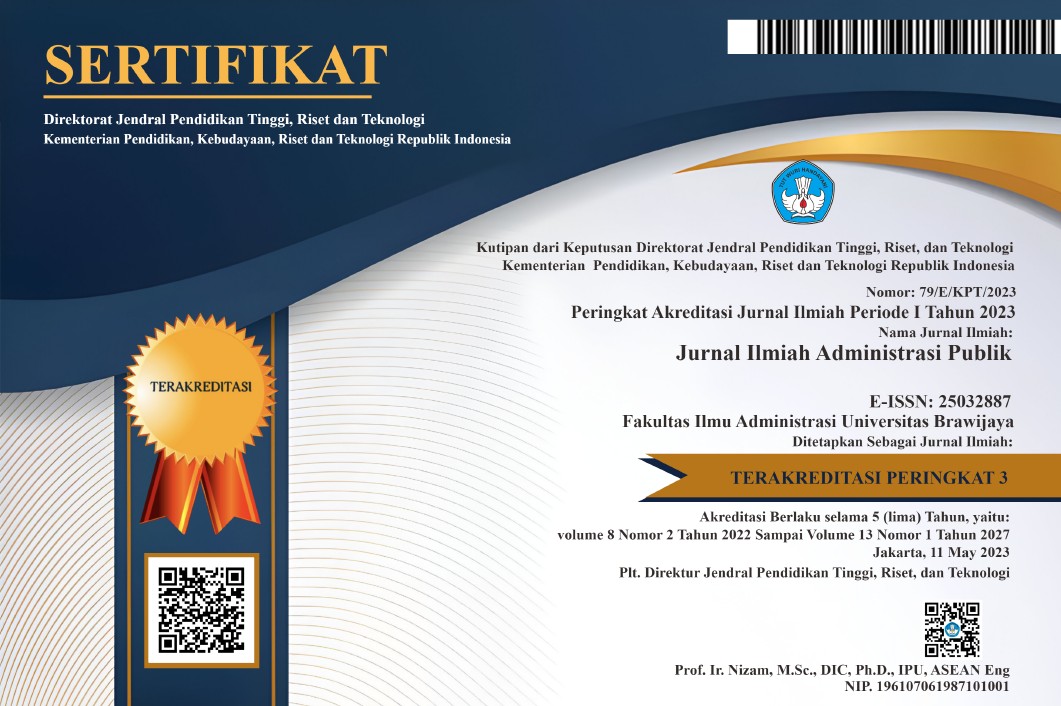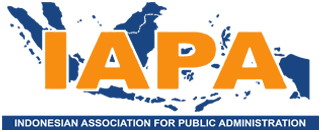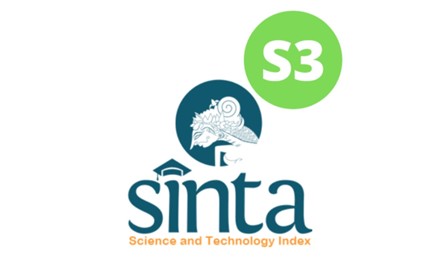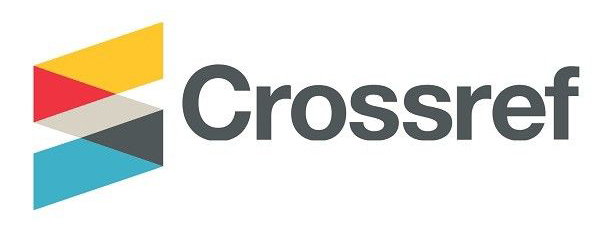Analisis Dampak Model Pelatihan Klasikal dan Preseptorsip terhadap Kompetensi serta Perbedaan Capaian Kompetensinya (Studi Kuasi Eksperimental di RSAB Harapan Kita)
DOI:
https://doi.org/10.21776/ub.jiap.2019.005.02.10Keywords:
competence, classical training model, preceptorship training modelAbstract
The purpose of this research is to find out the effect of classical and preceptorship training models on the competence attainment. The research used quasi experimental method, non-randomized control group pre-test and post-test design. The analysis was conducted usingdiffernt test and simple linear regression test. Results show there was a significant difference in the competence. Average achievement of competencies between the classical traing model and the preceptorship have no significant differences. The average of competence attainment of the preceptorship model was greater. Based on participants’ perceptions, classical training model has a positive but insignificant, while preceptorship training model has positive and significant effect on competency achievement. It was concluded that both classical and preceptorship model affects the enhancement of competence after training. The difference is that preceptorship model results in greater enhancement classical training model.
References
Darmawan, D. (2012). Mentorship dan Perceptorship dalam Keperawatan. Profesi (Profesional Islam): Media Publikasi Penelitian, Vol. 8 (Februari – September), pp. 20-28.
Demirbag M., Tatoglu E., Tekinkus M., & Zaim S. (2006). An Analysis of The Relationship Between TQM Implementation and Organizational Performance: Evidence from Turkish SMEs. Journal of Manufacturing Technology Management, Vol. 17, No. 6, pp. 829-847.
Department of Health of London. (2010). Preceptorship Framework for Newly Registered Nurse, Midwives & Allied Health Professionals. London: Department of Health London.
Dessler G. (2003). Human Resource Management, Edisi 10. New Jersey: Prentice-Hall, Inc.
Fernández-Alles, Mariluz., & Ramos-RodrÃguez, Antonio Rafael. (2009). Intellectual Structure of Human Resources Management Research: A Bibliometric Analysis of the Journal Human Resource Management, 1985–2005. Journal of the American Society for Information Science and Technology, Vol. 60(1), pp.161-175.
Fried, Bruce J. (2013). Human Resources In Health Care: Managing for Success, Third Edition. Health Administration Press, Chicago.
Ghofur A., Purwanti N.S., dan Sumarah S. (2017). Model Bimbingan Perseptorship terhadap Peningkatan Motivasi Belajar, Kemampuan Berpikir Kritis dan Kompetensi Klinik pada Mahasiswa Prodi DIII Keperawatan di RS Jiwa Ghrasia, Yogyakarta. Jurnal Teknologi Kesehatan, Vol. 12, No. 1, pp.65-70.
Gorda, IGN. (2004). Manajemen Sumber Daya Manusia, Edisi Revisi (Cetakan Kedua). Astabrata, Denpasar.
Hallin K., & Danielson E. (2009). Being A Personal Preceptor for Nursing Students: Registered Nurses’ Experiences Before and After Introduction of A Preceptor Model. Journal of Advanced Nursing, Vol. 65, No. 1, pp.161-174.
Hardisman. (2015). Model - model Bimbingan pada Pendidikan Klinik dan Relevansinya pada Pendidikan Kedokteran dan Kesehatan di Indonesia. Majalah Kedokteran Andalas, Vol. 33, No. 2, pp. 109-119.
Hasmi. (2016). Metode Penelitian Kesehatan. In Media, Jakarta.
Irianto J. (2001). Prinsip-Prinsip Dasar Manajemen Pelatihan. Insan Cendikia, Surabaya.
Liu M., Lei Y., Mingxia Z., & Haobin Y. (2010). Lived Experiences of Clinical Preceptors: A Phenomenological Study. Nurse Education Today, Vol. 30, No. 8, pp.804-808.
Madhavanpraphakaran, G. K., Shukri, R. K., & Balachandran, S. (2014). Preceptor’ Perceptions of Clinical Nursing Education. The Journal of Continuing Education in Nursing, Vol. 45(1), pp.28–34.
Mathis, Robert L., & Jackson, John H. (2003). Human Resources Management. USA: Thomson South-Western.
Mangkunegara A. A. Anwar Prabu. (2009). Manajemen Sumber Daya Manusia Perusahaan. Remaja Rosdakarya, Bandung.
Mantzorou, M. (2004). Preceptorship in Nursing Education: Is It a Viable Alternative Method For Clinical Teaching?. Icus Nursing Web Journal, Vol. 19 (July – Sept), pp.1-9.
McCarthy, B., & Murphy, S. (2010). Preceptors’ Experiences of Clinically Educating and Assessing Undergraduate Nursing Students: An Irish Context. Journal of Nursing Management, Vol. 18, No. 2, pp.234-244.
Moekijat. (1995). Manajemen Personalia dan Sumber Daya Manusia. Bandung: Mandar Maju.
Mondy, R.W. (2008). Manajemen Sumber Daya Manusia, Edisi Kesepuluh (Terjemahan). Erlangga, Jakarta.
Muir J., Ooms A., Tapping J., Marks-Maran D., Phillips S., & Burke L. (2013). Preceptors' perceptions of a preceptorship programme for newly qualified nurses. Nurse Education Today, Vol. 33, No. 6, pp.633-638.
Mulyasa. (2003). Kurikulum Berbasis Kompetensi: Konsep, Karakteristik dan Implementasi. Remaja Rosdakarya, Bandung.
Nielsen K., Finderup J., Brahe L., Elgaard R., Elsborg A.M., Engell-Soerensen V., Holm L., Juul H., & Sommer I. (2017). The Art of Preceptorship. A Qualitative Study. Nurse Education in Practice, Vol. 26 (September), pp.39-45.
Noe R.A., Hollenbeck J.R., Gerhart B., & Wright P.M. (2003). Human Resource Management: Gaining a Competitive Advantage (4th Ed). NY: Irwin/ McGraw-Hill.
Omansky, G.L. (2010). Staff Nurses' Experiences as Preceptors and Mentors: An Integrative Review. Journal of Nursing Management, Vol. 18, No. 6, pp.697-703.
Omer T.Y., Suliman W.A., Thomas L., & Joseph J. (2013). Perception of Nursing Students to Two Models of Preceptorship in Clinical Training. Nurse Education in Practice, Vol. 13, No. 3, pp.155-160.
Pusdiklat Aparatur Badan PPSDM Kesehatan. (2013). Standar Penyelenggaraan Pelatihan Bidang Kesehatan. Kementerian Kesehatan RI, Jakarta.
Rose, S.R. (2008). The Utilization and Role of The Preceptor in Undergraduate Nursing Programs. Teaching and Learning in Nursing, Vol. 3, No. 3, pp.105-107.
Sekaran, Uma. (1992). Research Methods for Business: A Skill-Building Approach. Wiley, New York.
Sharif, F., & Masoumi, S. (2005). A Qualitative Study of Nursing Student Experiences of Clinical Practice. BMC Nursing, Vol. 4, No. 1, pp. 6-10.
Simamora, Henry. (2004). Manajemen Sumber Daya Manusia, Edisi 3 (Cetakan 1). Yogyakarta: STIE YKPN.
Sofo, F. (2003). Pengembangan Sumber Daya Manusia, Edisi Pertama. Airlangga University Press, Surabaya.
Sousa D.A., 2012. Bagaimana Otak Belajar, Edisi Keempat (Diterj. oleh: Siti Mahyuni). Jakarta: Indeks.
Sugiyono. (2010). Metode Penelitian Pendidikan (Pendekatan Kuantitatif, Kualitatif, dan R&D). Alfabeta, Bandung.
Sulistiyani, A.T., & Rosidah. (2003). Manajemen Sumber Daya Manusia. Yogyakarta: Graha Ilmu.
Sulung, N. (2016). Efektifitas Metode Preseptor dan Mentor dalam Meningkatkan Kompetensi Perawat Klinik. Research of Applied Science and Education, V9.i2, pp.224-235.
Varley L., MacNamara C., & Mannix-McNamara P. (2012). Preceptorship: Exploring the experiences of final year student nurses in acute hospital setting. Journal of Hospital Administration, Vol. 1, No. 2, pp.42-53.
Wibowo. (2007). Manajemen Kinerja. Raja Grafindo Persada, Jakarta.
Downloads
Published
Issue
Section
License
If your paper is accepted, the author identified as the formal corresponding author for the paper will receive an email prompting them to login into Author Services; where via the JIAP Author Licensing Service they will be able to complete the license agreement on behalf of all authors on the paper.














